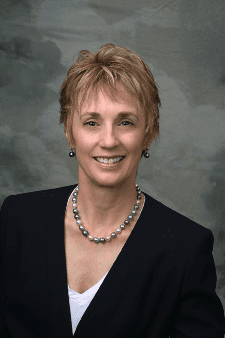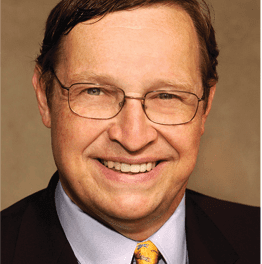|
This is an abridged version of Holly Hosford-Dunn’s April 9, 2013 Hearing Economics blog. You can read Dr Dunn’s blog posts at: www.hearinghealthmatters.org/hearingeconomics. —David Kirkwood, Hearing Health Matters editor |
By Holly Hosford-Dunn, PhD
Audiologists are on the low end of the pay scale compared to similar doctoring professions. Independent of profession, women get paid less than men. The higher the educational level, the bigger the gender wage gap. Those are generalized facts from recent posts. It doesn’t take a genius to figure out the next step in the analysis: the audiology profession is overwhelmingly female, which probably explains why our profession ranks low on the doctoring pay scale. Let’s see if that supposition holds up when we throw data at it.
Growth and Gender
Forbes recently posted on its website a slide show of the 20 fastest-growing professions for women.1 Finally, “Audiology” makes a list, coming in #16. Is this good or bad news? It depends.
In a previous blog post,2 we’ve already seen the inverse relationship between an occupation’s growth and wage levels. Not surprisingly, most of the fastest-growing occupations for women also make the fast-growing low-wage list. Audiology is an exception: it’s not one of the fastest-growing occupations in general, but it is if you only consider women. Men are not flocking to our field. In fact, it’s a little disingenuous that the person Forbes chose to represent an audiologist in their top-20 list was a man!
Gender and Wage
At #16, Audiology is the only doctoral entry-level profession on the women’s list but not the highest paid. Occupational Therapists get paid more, rank higher on occupational growth lists (#20 male; #14 female), and only need a Master’s and a state license to practice.
If you guessed Audiologists were second in earnings, think on. Second highest paid and fifth in growth awards go to…wait for it…Dental Hygienists. That occupation is composed almost exclusively of females who average $67,500 per year. They do not need a Bachelor’s degree; an Associate’s degree does the trick, and there are no uniform requirements for state licensure. Like their clients, I am speechless.
Gender Segregation Is a Choice
Table 1 cobbles together data from the Forbes list and employment statistics from the Current Population Survey (CPS).3 It’s a bit confusing, but the purpose is to demonstrate ongoing gender and wage asymmetry for the aforementioned occupations. The Forbes data come from Bureau of Labor Statistics (BLS) data and estimates for 2008 to 2018. These data (rows 2 and 3 in Table 1) show the proportion of females estimated to comprise these professions through 2018, along with the average wages described above.

|
| Table 1. Data from the Forbes website1 and the US Department of Labor3 (see text for details). (Click to enlarge.) |
Of interest is the comparison to the “right now” survey data from the CPS (rows 1 and 4). The Audiologist sample in the survey is too small to yield a gender percentage, but there are more females right now in occupational therapy and dental hygiene than are predicted in coming years. In other words, men are entering those occupations, and I’ll bet it’s because the high wages are attractive. Indeed, the average wage for all three occupations was higher in May 2012 than the female average wage is predicted to be over the 2008-2018 period.
Making sense of data like this is often tricky and perhaps there is a better answer to why, but I’m sticking with gender gap to explain the difference until I hear otherwise. For Audiologists, the gap is almost $10,000 per year for females versus the overall population of Audiologists. Assuming a 20/80 split of males versus females in our field (as supported by AAA and ASHA stats), that works out to $108,000 per year for males versus $63,000 for females, if my algebra is right.
More than most, our profession is heavy on females. That’s why you see “no data” for the percentage of females in Audiology in Table 1. The profession is very small compared to OTs and dental hygienists, and the number of females is so high that it’s a problem for the BLS to estimate with confidence. They probably got an estimate of 100% female and questioned it, thinking that surely there is one male somewhere who is an audiologist.
Any way you slice it—big professions, doctoring professions, female segregated professions—women make less than men, especially if they’re in with a bunch of other women. We’ll pursue that line of thought in the next blog in this series.

Holly Hosford-Dunn, PhD, is an audiologist and founding partner and editor of hearinghealthmatters.org. She has developed multi-office private practices in Arizona, authored several textbooks, and is now pursuing a degree in economics. |
References
1. Forbes. The 20 fastest-growing jobs for women. www.forbes.com/2010/07/19/fastest-growing-jobs-women-leadership-forbeswoman-work_slide.html
2. Hosford-Dunn H. To be or not to be an audiologist. Table 1. www.hearinghealthmatters.org/hearingeconomics/2013/to-be-or-not-to-be-an-audiologist
3. United States Department of Labor. Labor force statistics from the Current Population Survey. www.bls.gov/cps





